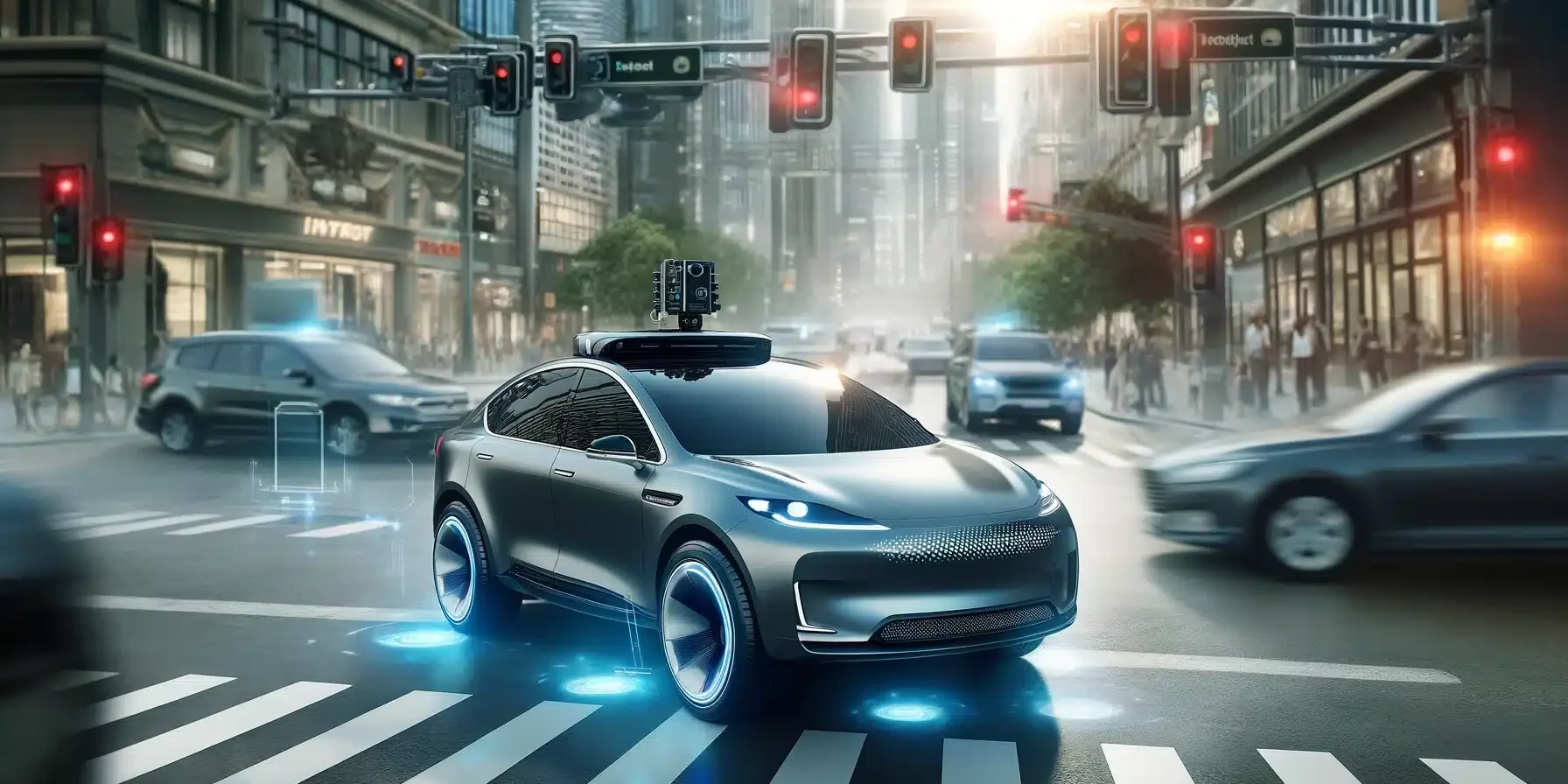Autonomous Vehicles: Driving the Future of Transportation
Autonomous vehicles, also known as self-driving cars, are poised to revolutionize the way we travel. With advancements in artificial intelligence, machine learning, and sensor technology, these vehicles can navigate and operate without human intervention. The development and deployment of autonomous vehicles promise to bring about significant changes in safety, efficiency, and accessibility in transportation.
Enhanced Safety
One of the most compelling benefits of autonomous vehicles is their potential to improve road safety. Human error is a leading cause of traffic accidents, and autonomous vehicles aim to eliminate this risk by relying on advanced sensors, cameras, and algorithms to make driving decisions. These vehicles are equipped with technologies such as lidar, radar, and computer vision, which enable them to detect and respond to their surroundings in real-time.
Autonomous vehicles can maintain safe distances, adhere to speed limits, and react to sudden changes in traffic conditions more consistently than human drivers. By reducing the likelihood of accidents caused by distracted driving, fatigue, and impaired judgment, self-driving cars could significantly lower the number of traffic fatalities and injuries.
Increased Efficiency
The deployment of autonomous vehicles is expected to enhance the efficiency of transportation systems. Self-driving cars can communicate with each other and with traffic infrastructure to optimize routes, reduce congestion, and improve traffic flow. This level of coordination can lead to shorter travel times, reduced fuel consumption, and lower emissions.
Additionally, autonomous vehicles can operate continuously without the need for breaks, maximizing their utilization and reducing the need for parking spaces. This could lead to a more efficient use of urban space, freeing up land for other purposes such as green areas or housing.
Accessibility and Mobility
Autonomous vehicles have the potential to transform mobility for individuals who are unable to drive, such as the elderly and people with disabilities. Self-driving cars can provide a new level of independence and accessibility, allowing these individuals to travel without relying on others. This increased mobility can improve their quality of life and enable greater participation in social and economic activities.
Ride-sharing and ride-hailing services can also benefit from autonomous vehicle technology. By eliminating the need for a human driver, these services can become more cost-effective and widely available, making transportation more accessible to a broader segment of the population.
Challenges and Considerations
Despite the promising benefits, there are several challenges and considerations associated with the deployment of autonomous vehicles. One of the primary concerns is the ethical and legal implications of self-driving technology. Determining liability in the event of an accident involving an autonomous vehicle can be complex, and there is a need for clear regulations and standards to govern their operation.
Data privacy and cybersecurity are also critical issues. Autonomous vehicles generate and rely on vast amounts of data to operate, and ensuring the security of this data is paramount to prevent hacking and unauthorized access. Protecting user privacy while enabling the necessary data sharing for autonomous vehicle functionality is a delicate balance that must be addressed.
Public acceptance and trust are crucial for the widespread adoption of autonomous vehicles. People need to feel confident in the safety and reliability of self-driving technology. This will require extensive testing, transparent communication, and gradual integration of autonomous features into everyday driving.
The Road Ahead
The future of autonomous vehicles is bright, with ongoing research and development paving the way for their integration into our transportation systems. Companies like Tesla, Waymo, and Uber are leading the charge, conducting rigorous testing and pilot programs to refine their technology and demonstrate its potential.
In the coming years, we can expect to see more semi-autonomous features being incorporated into mainstream vehicles, gradually transitioning to fully autonomous systems. As technology continues to advance, autonomous vehicles will play a pivotal role in shaping the future of transportation, offering safer, more efficient, and accessible mobility solutions.
In conclusion, autonomous vehicles represent a transformative leap in automotive technology. By enhancing safety, increasing efficiency, and providing greater accessibility, self-driving cars have the potential to revolutionize the way we travel. Addressing the associated challenges and ensuring public trust will be key to realizing the full benefits of this groundbreaking technology. As we move forward, autonomous vehicles will undoubtedly drive the future of transportation, bringing us closer to a world where mobility is smarter, safer, and more inclusive.







